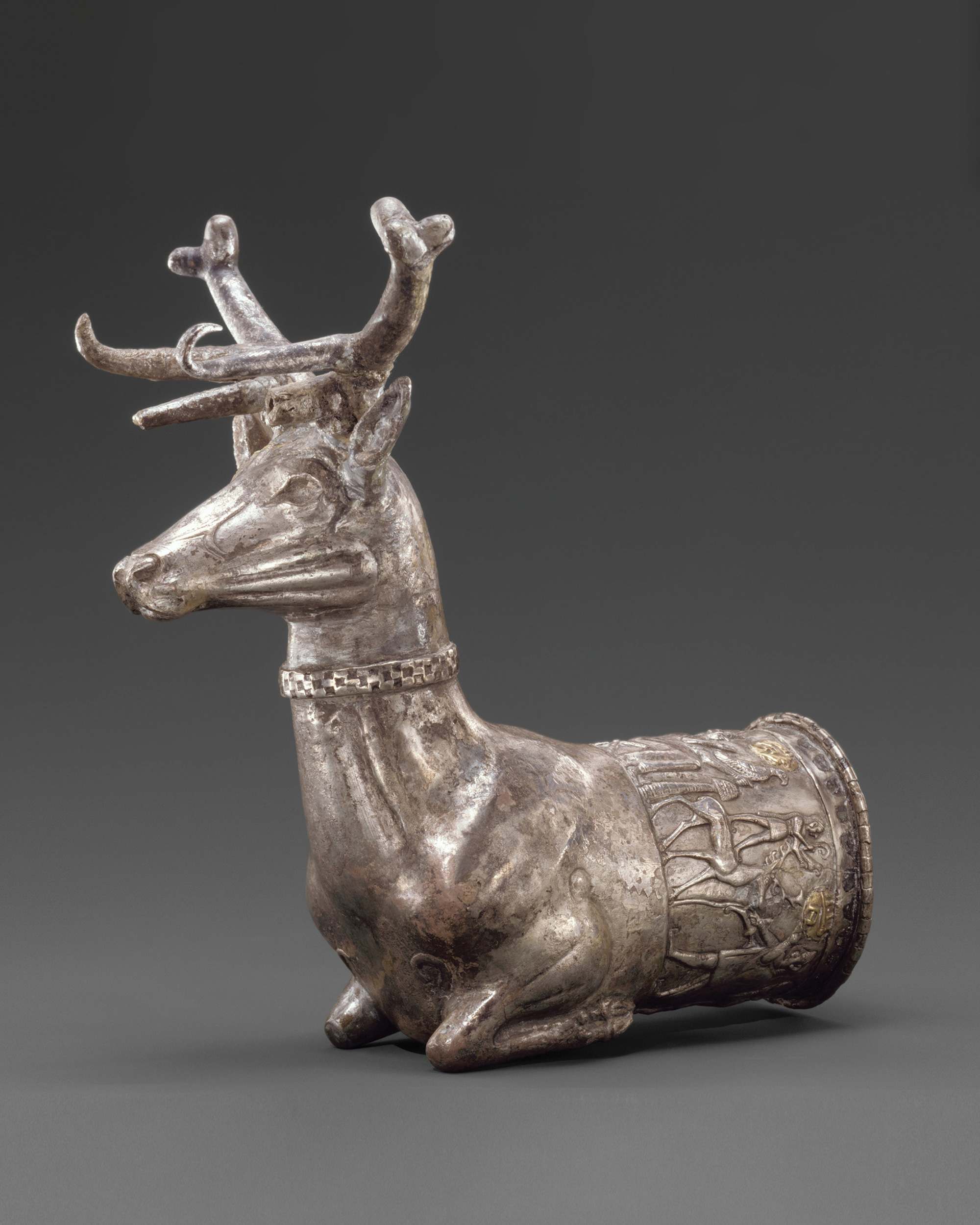Thinking inside the Box: An Interview with Gerhard Wolf
The poetics and aesthetics of containment
Sina Najafi and Gerhard Wolf
Ceremonial teacups, septic tanks, laboratory beakers, archival boxes, shipping containers, mountains housing nuclear waste, grain silos, cooking pots, hat boxes—the variety of containers is so staggering that the category seems too broad to be addressed in any meaningful way. Containers can be enormous or tiny, open or closed, mobile or fixed in place, and their functions are also equally variegated. They can, for example, protect what they contain, as in an incubator, or shield the world from what they hold within, as in a sealed tube that holds biohazardous material. In this way, the act of containment can be understood as a major condition governing many of the things that surround us.
The techniques, practices, and aesthetics of containment form some of the core concerns of the “Art of Containment,” a project initiated by art historian Gerhard Wolf as a collaborative research platform between the Art History Institute in Florence — Max Planck Institute, of which he is the director, and the Victoria and Albert Museum in London. Sina Najafi spoke to Wolf by phone in June 2016.

Cabinet: What is your definition of a container? A mountain can be a container but so can an eye dropper. The body is a container of sorts, and in English, we refer to ships as vessels. All to say, it’s a tricky question: What is a container?
Gerhard Wolf: In my work, I start not with the concept of “container” but from the concept of “vessel.” And the long-term project I am running with the Victoria and Albert Museum, with Bill Sherman and Marta Ajmar there, is called “The Art of Containment,” though I must admit that the word containment caused some problems for me as a non-native English speaker, problems which I have found to be creative in a way. So I’m starting with the notion of containment rather than containers. For me, containment divides an inside and an outside, even if this division can be soft, like a bag. And vessels can be porous.
That would be a limit case, then, for what a container is—when it actually fails to contain. A leaky bucket obviously doesn’t contain, but that’s simply a failed version of what we’d rightly like a container. But you’re talking about a container whose function already includes porosity, or non-containment.
Yes. For example, there are some ceramic vessels that were often used as a kind of basic air conditioning; you put water in them and they sweat, like a body. Even if the body sweats, it is not leaking. Between a vessel leaking, on the one hand, and a vessel allowing a certain quantity of its content to evaporate, on the other, there’s everything in between. I am, however, less interested in the content of containers than in the dynamics of containing. Of special interest are things like violin cases, which are a kind of shell-like repetition of the object.